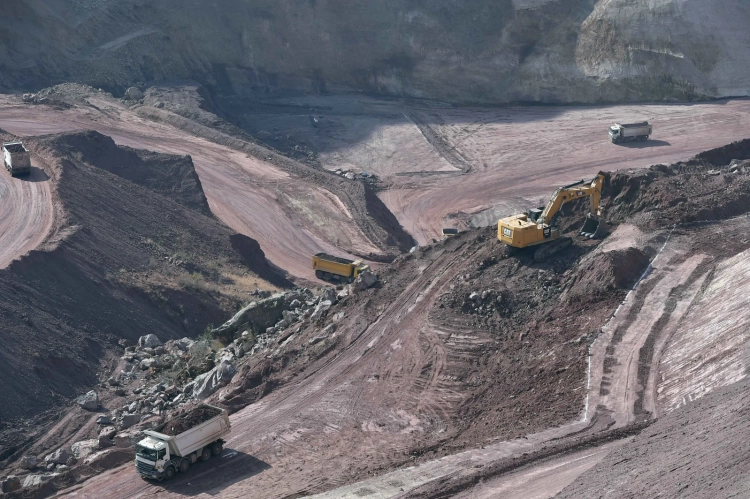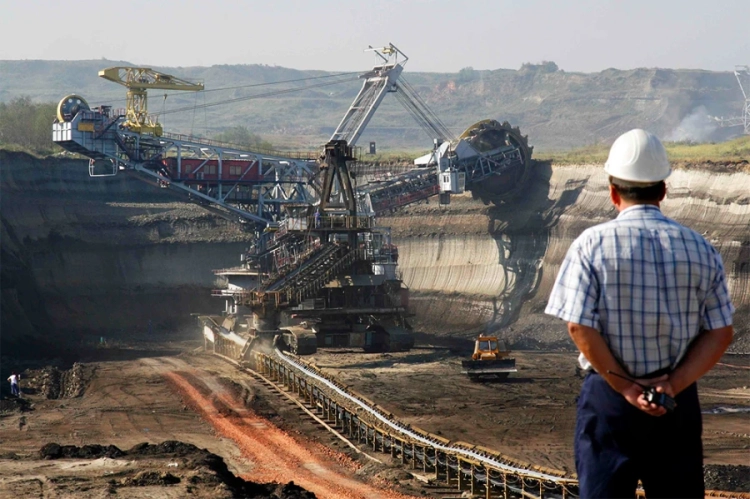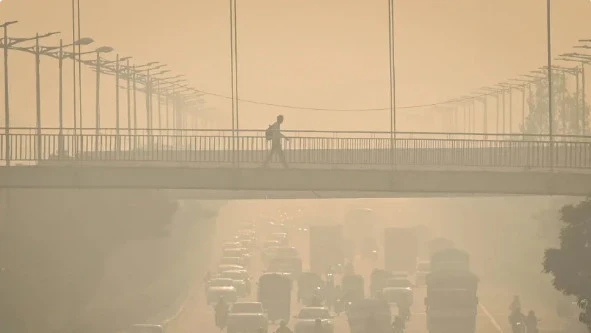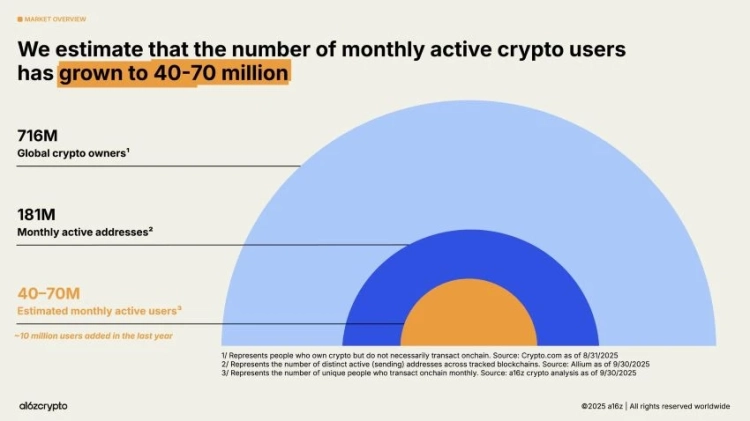The Earth's Population
This is the total number of people living on our planet. As of today, there are 7.71 billion people on Earth. It took humanity over 200,000 years to reach a population of 1 billion (around the year 1800) and only about 200 years for that number to grow to 7 billion.
According to estimates from the UN Population Fund, the major milestones in the Earth's population were reached in the following years:
1 billion - 1804
2 billion - 1927 (after 123 years)
3 billion - 1960 (after 33 years)
4 billion - 1974 (after 14 years)
5 billion - 1987 (after 13 years)
6 billion - October 12, 1999 (after 12 years)
7 billion - October 31, 2011 (after 12 years)
However, it should be noted that according to our calculations, 7 billion was reached only in February 2012.
Currently, the Earth's population is increasing by more than 90 million people per year.
The sex ratio in the world is 1.018, meaning there are slightly more men than women. The average age of the Earth's population was 30.4 years in 2018.
More than 70% of the Earth's population lives in the 20 most densely populated countries in the world. There are only 2 countries in the world with a population of over one billion: China and India. Although China is the most populous country, it is expected that by around 2023, the populations of these countries will equalize, with India taking the lead.
This list presents the 20 most densely populated countries in the world as of today. Approximately 5.4 billion people live in these countries, accounting for 70.06% of the total population of the planet.
The Earth's Population in 2019
In 2019, the Earth's population will continue to grow and by the end of the year will reach 7,763,035,301 people. The natural population increase will be positive and will amount to 93,501,640 people.
Dynamics of the Earth's population change in 2019
Below are the population change rates for the Earth calculated by us for 2019:
Birth rate: 420,698 children per day (17,529.07 per hour)
Death rate: 164,529 people per day (6,855.37 per hour)
The rate of population increase on Earth in 2019 will be 257,332 people per day.
The Earth's Population in 2018
According to our estimate, at the end of 2018, the Earth's population was 7,669,109,078 people. Over the course of 2014, the Earth's population increased by approximately 92,157,693 people. Considering that the Earth's population at the beginning of the year was estimated at 7,576,951,385 people, the annual growth rate was 1.22%.
Here are the main demographic indicators for the Earth in 2018:
Born: 151,141,033 people
Died: 59,329,031 people
Natural population increase: 91,812,002 people
Men: 3,868,358,699 people (estimated as of December 31, 2018)
Women: 3,800,750,379 people (estimated as of December 31, 2018)
4,141,318,902 people live in urban areas (54% of the total population of the Earth)
3,527,790,176 people live in rural areas (46% of the total population of the Earth)
Population Density of the Earth
The total area of our planet is 136,120,354 square kilometers.
More than 70% of the Earth's surface is covered by the waters of the world's oceans, so for calculations of population density, the total area of all countries within their national borders is used. According to our calculations, at the beginning of 2019, the Earth's population was approximately 7,669,109,078 people.
Thus, the population density of the Earth is 56.3 people per square kilometer.
Below we provide alternative calculations of the Earth's population density, depending on the implied surface area:
15.0 people per square kilometer - the area of all continents and the world's oceans (510,072,000 km²).
51.0 people per square kilometer - the land area of the Earth, including islands and Antarctica. In this case, the area is 150,461,685 km².
56.3 people per square kilometer - the sum of the land and maritime territories of all countries on Earth. In this case, the area is 136,120,354 km².
Global Life Expectancy
Life expectancy is one of the most important demographic indicators. It shows the average number of years of a person's remaining life. That is, the number of years a person can theoretically live, assuming that current birth and death rates remain constant throughout their life. Generally, "life expectancy" refers to life expectancy at birth, that is, at age 0.
According to the UN Department of Economic and Social Affairs Population Division, the average global life expectancy increased from 65 years in 1990-1995 to 70 years in 2010-2015.
However, there is still a huge gap in this indicator between different regions of our planet.
For example, the average life expectancy on the African continent is 12 years shorter than the global average and 21 years shorter than the corresponding figure in North America.
Source: UN Department of Economic and Social Affairs Population Division. World Mortality Report. 2013. .
The chart below illustrates changes in average life expectancy across continents over the past 60 years.
Chart: Life expectancy at birth in the world and on the continents

Literacy of the Global Population
According to our calculations, there are about 4,632,812,644 people over the age of 15 in the world who can read and write in any language.
This accounts for 86.3% of the total adult population of the planet. The adult population in this case refers to all people over the age of 15. Accordingly, about 735,661,278 people on Earth remain illiterate.
The literacy rate among the male adult population is 89.96% (2,409,463,186 people).
268,997,841 people are illiterate.
The literacy rate among the female adult population is 82.65% (2,223,349,457 people).
466,663,437 people are illiterate.
The literacy rate among youth is 92.81% for males and 90.13% for females, respectively. The overall literacy rate among youth is 91.51%. The term youth in this case covers the population aged 15 to 24 years inclusive.

Population forecast for Kyrgyzstan for the years (2020-2100)










































